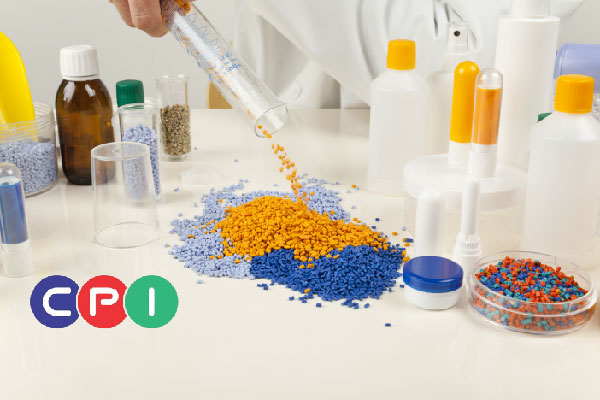Plastic industry production knowledge
Plastic compound – Optimal solution for plastic production process
Nowadays, plastic or products made from plastic in general have become an indispensable part of life as well as production. To produce a plastic product that meets standards or meets technical requirements, it is necessary to go through many times of testing, mixing raw materials and additives to come up with a production formula. For that reason, plastic compound was born as a solution to simplify the plastic production process. Let’s learn about this solution in the article below.
What Is Plastic Compound?
Plastic compound is a product of the process of synthesizing compounds from primary plastic, additives and colorants (Plastic Compounding) to change and enhance the properties of plastic to help the plastic achieve the desired properties. Compound plastic comes in granular form and can be used as the sole material used to produce plastic products without the need to mix any other materials. Plastic compounds will be produced according to customer requirements, material composition depends on technical requirements or customer sample products.
This plastic compound can be used in most areas of plastic production depending on the input plastic raw material.
Additives are often added in the compound such as antioxidants, UV stabilizers, fillers, other physical property enhancers and sometimes strengthening components such as glass fibers.

Benefits Of Compound Plastics In Production
Because Compound plastic is a pre-processed product according to customer requirements, when using Compound plastic PP, PC, ABS,… the products will ensure uniformity in color as well as properties.
Using compound plastic brings many benefits, especially when producing in large quantities or products with little change in technical requirements and color.
Outstanding benefits when using compound plastic in production include:
- Can be directly produced without the need for mixing raw materials. Save time processing input materials, thereby saving labor costs and increasing productivity.
- The output products will ensure the correct technical characteristics as required. Plastic compound granules go through careful calculation and testing stages based on requirements and sample products.
- Limit risks in production such as wrong mixing ratio, uneven consumption of raw materials leading to production interruptions.
Plastic Compound Production Process

Compound plastic production process
- Receiving orders.
- Analyze sample products, technical requirements, test and provide formulas.
- Compounding plastics.
- Quality check.
At CPI Plastic, the first step when receiving a compound order is to analyze the characteristics and color of the sample product. Then come up with the formula to run the test. This process can be repeated several times to ensure that the output material fully meets the customer’s requirements and specifications.
After the testing phase, raw materials are prepared according to the formula given in the laboratory. Raw materials are thoroughly tested for quality to ensure the production process and output meet requirements.
After the preparation stage is finished, the next step is plastic synthesis, also known as Compounding:
- Raw materials including primary plastic, additives, colorants, and fillers are put into the mixer. Here the material is melted and mixed continuously by counter-rotating twin screws.
- After being completely mixed, the mixture is passed through a filter to remove maximum impurities. Then the material is put into the extruder and continues to be heated to reach the appropriate temperature and extruded.
- The molten plastic from the extruder passes through a water tank and is spun into fibers. Here the temperature of the water bath is monitored to ensure cooling of the plastic fibers to the appropriate temperature. Temperature will affect the elongation of the fiber, or in other words, affect the fiber size and the output plastic particle size.
- Once cooled, the plastic fibers are pulled into the cutting machine. The blades operate at a certain speed to create plastic particles of the required size. Newly formed plastic pellets fall into the screening machine to ensure the finished plastic pellets are of uniform size and then discharged into the container.
- Finally, the finished plastic resin compound is tested again before packaging to ensure consistent quality.
CPI Plastic Vietnam is one of the leading manufacturers of plastic compounds and plastic additives in Vietnam with 3 large capacity factories in Ha Nam; Ensuring stable and uniform supply of high quality output. CPI plastic is the top choice for factories that need stability in output and quality.
